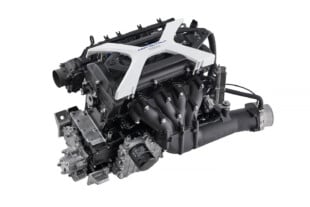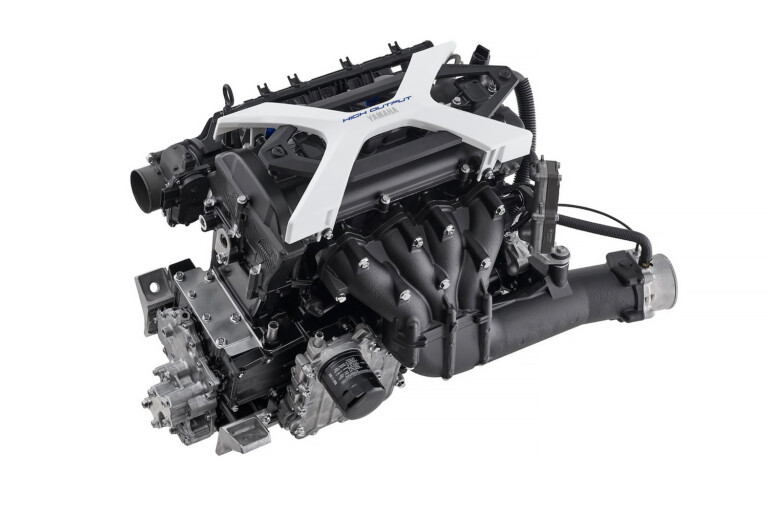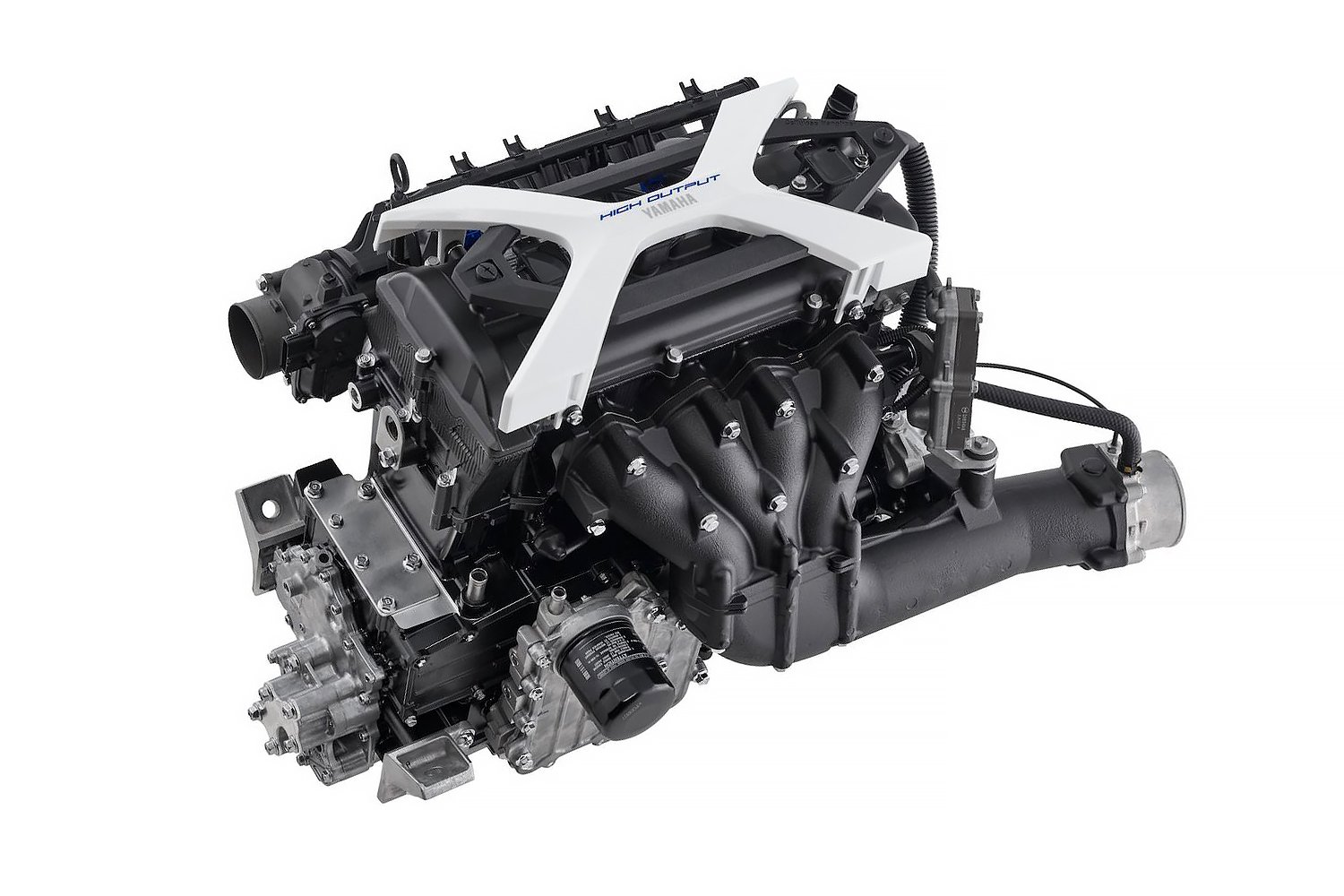We all know the major basic differences between race gas and pump gas. While octane number is the factor generally at the forefront of everyone’s minds in the debate, there are a number of other variables that need to be taken into account, when you are tuning your car on pump gas. One of those variables is, well, the variables.
“As it turns out, there are as many as 40 or 50 federally mandated fuel blends, depending on where you are in the country and what time of year it is,” says EFI University’s Ben Strader. So right off the bat, not only do you not get the consistency of race gas from lot to lot of the same blend with pump gas, but the fact that unless you fill up from the same station every time, you could be getting different blends of fuel.
As you can probably imagine, that kind of variation can wreak havoc on a tuneup set on kill, with little to no margin for error. Strader explains how most tuners deal with that in a “pump gas tune”.
“A pump gas tuneup is usually one that is pretty conservative, because you can generally never predict what the quality of the fuel you’ll be getting is,” Strader explains. “What you really need to be aware of is how that fuel is affecting your engine, and why you have to keep track of your tuneup.”
Since Strader doesn’t have information sheets for the different blends of pump gas you might find at stations across the country readily available at his fingertips, he uses two different types of common fuels from VP Racing Fuels to illustrate his point.
“One of the things we always look at is what’s called the distillation curve. That basically tells us at what temperature the fuel will begin to evaporate,” Strader says. Looking at these two VP fuels, the Q16 has a relatively low Reed Vapor Pressure number and a corresponding distillation curve that starts at 141 ℉. Looking at C45’s Reed Vapor Pressure number, it’s almost twice as high, and the distillation curve starts at 111.4 ℉.

These are the two main specs that Strader is focusing on to illustrate his point about the differences in blends of fuel. While VP Racing Fuels provides these specs, different blends of pump gas are more or less a mystery, and need to be accounted for in a universally safe tuneup.
Now, with those two different specs, Strader explains what data can be inferred. “Q16 compared to C45 can be harder to get started in colder weather. You’ll generally get better fuel economy and better Brake Specific Fuel Consumption numbers from Q16 over C45 because it’s not evaporating as much at as given temperature. However you’ll get a little more oil dilution and plug fouling with the fuel that starts evaporating at a higher temperature.”
Strader then emphasizes the concerns surrounding a fuel with a lower distillation curve. “With a fuel that has a really easy time evaporating, I have to be very careful with my tuneup and changes in the weather,” Strader elaborates. “If you have the tuneup set on kill in the morning, and then it warms up outside, that fuel in the warmer temperatures will have a much higher flame propagation speed in the chamber, acting like there’s too much timing.”
So what does all that mean? It’s illustrative of how varied pump gas can be, and why a generic pump gas tune is generally built to the lowest (and safest) common denominator, to be safe across the widest variety of potential fuel chemistries. So Strader suggests that if you are looking for a more aggressive pump gas tuneup, you (and your tuner) need to be aware of your local fuels characteristics, and stay on top of your tuneup at different times of the year, especially if you happen to get fuel from a different area than you usually do.
We strongly suggest watching the above video in its entirety, as we’ve only glossed over the subject matter here, and if you have questions, or this has piqued your interest, head over to EFI University’s website and see when the next tuning class is near you. After all, it’s a lot easier to stay on top of the tuneup if you are doing it yourself.

















